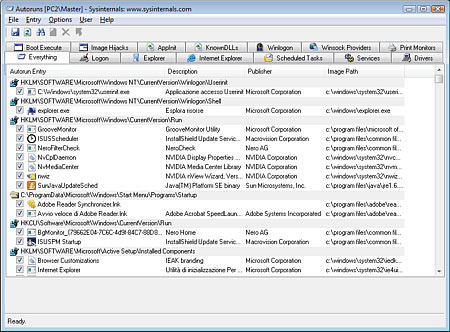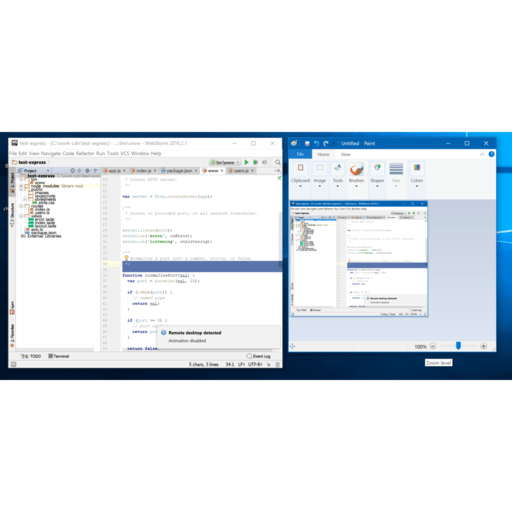

For this Autoruns must run with administrator rights. You can also see the autostarts of other users. The "Logon" tab displays the elements that are only loaded when the user who has just logged in is logged on. So you can find device drivers under "Drivers", Windows services under "Services" and so on. It also categorizes all entries into additional tabs. In the standard view, it throws all found entries into a single list, grouped by location, on the tab "Everything". Always back up before experimenting with autoruns.Īutoruns searches the locations of the registry, which are known to tell Windows what to load at startup and user login. As soon as it needs it, such as for interventions in the startup configuration, it automatically prompts.Ī warning is essential: If you paralyze any driver autostarts for the sheer fun of trying it out, Windows will take a bad luck with it and will not boot afterwards. Unlike many other system tools, Autoruns does not require administrator rights immediately. An overview of all switches of these program versions can be found in the Autoruns documentation. This is useful primarily for use on Windows servers, which do not provide a graphical user interface, but are administered completely via PowerShell. Something else is with Autorunsc.exe and Autorunsc64.exe: These are special command line versions, which must be operated purely text-based in a command prompt or PowerShell.

Just pick the one that suits your Windows architecture (you can find that from the "basic information about the computer", which you can open using the Windows + Pause shortcut).

Autoruns.exe and Autoruns64.exe are the 32-bit and 64-bit editions of the program. After unpacking the program package Autoruns.zip you will find four executables in the program folder. The program Autoruns from Microsoft's tool collection Sysinternals lists what Windows loads at startup, it turns off per click individual startup entries and also provides a quick check for malware.Īutoruns can be downloaded directly from Microsoft. Quite often it happens that the system is trying to load anything that is incompatible, crashes or simply does not exist. If Windows does not behave at startup as you expect it to do, it can be for a variety of reasons.


 0 kommentar(er)
0 kommentar(er)
